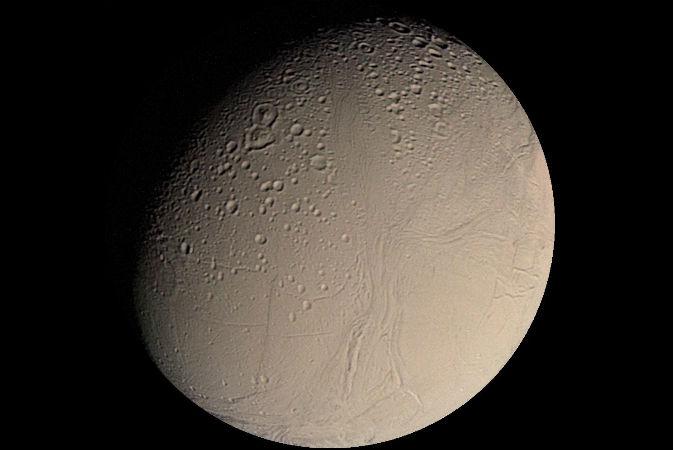An ocean covers Saturn’s moon Enceladus. It’s covered by a frozen shell, but where this shell is cracked, liquid shoots high into space.
On Oct. 28, the spacecraft Cassini will sweep through this liquid and analyze its cocktail of chemicals to give scientists an understanding of the moon’s alien ocean.
Scientists are particularly interested in finding out whether the spouts come from hydrothermal vents on the seafloor. On Earth, active hydrothermal vents teem with life, and scientists even suspect that it is here that life first evolved on our planet. If Saturn’s moon Enceladus also had active hydrothermal vents it would indicate that the icy moon could support life.
ResearchGate spoke with Dr. Hunter Waite, team leader for Cassini’s neutral mass spectrometer instrument (INMS) at the Southwest Research Institute in San Antonio, Texas. He tells us about the mission and what he hopes to discover.
ResearchGate: Can you explain what it will be like for Cassini to fly through Enceladus’ cosmic shower?
Hunter Waite: Cassini will fly through a shower of very fine sleet (ice grains smaller than a micrometer in radius) at a speed of more than seven kilometers per second. The gas that is mixed in with the sleet is so thin that it will have almost no effect on the spacecraft. As Cassini sweeps through the mixture, the sensitive instrumentation on board will be able to detect what the ice and gas are made of in the hopes of revealing new information about the processes occurring in the internal ocean.





